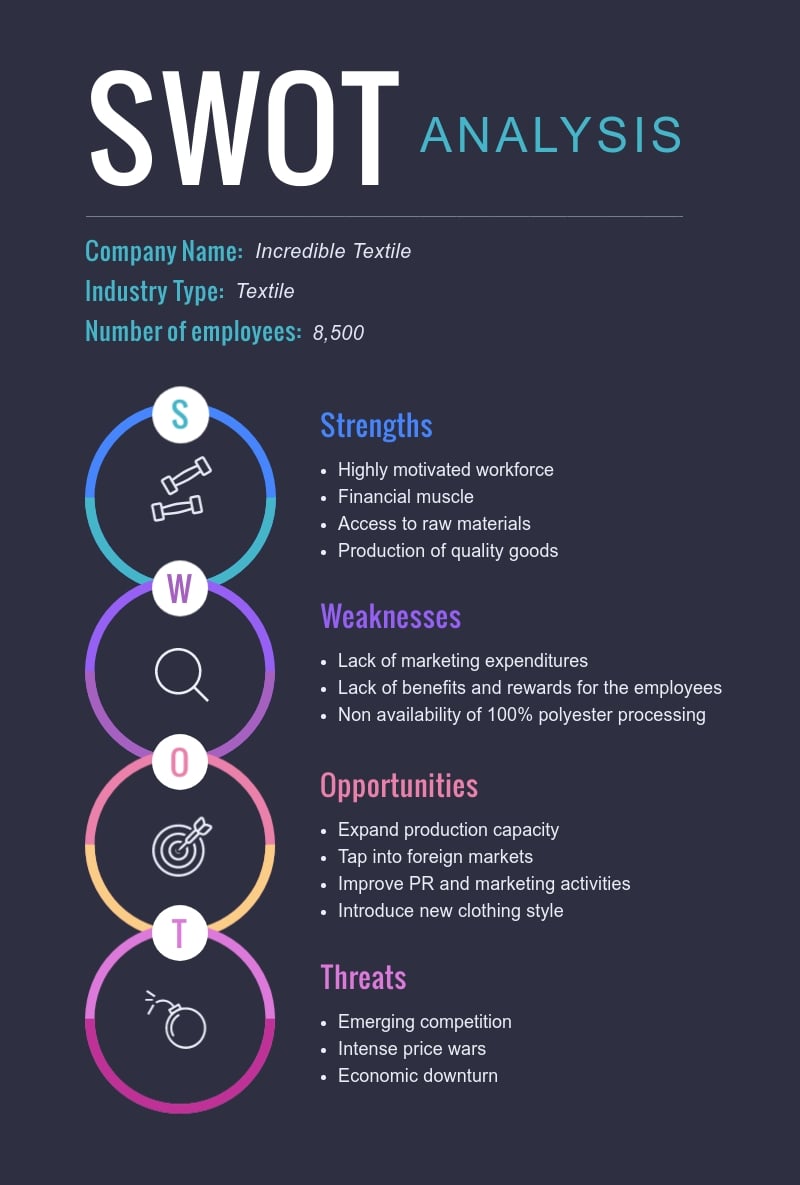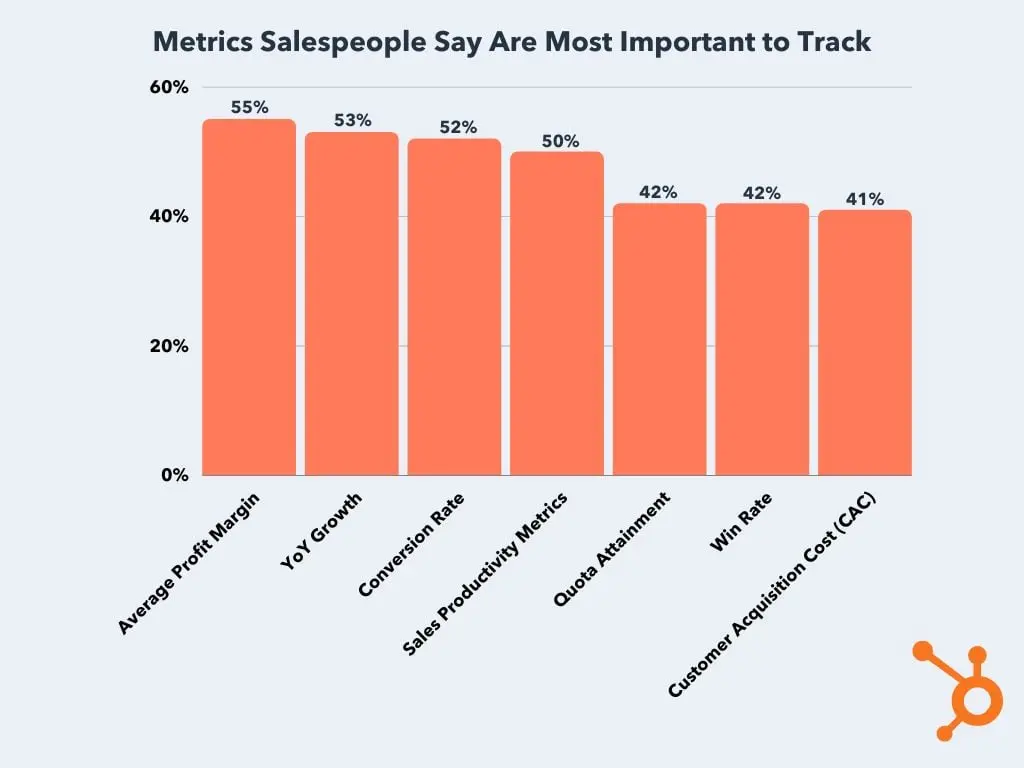Everyone knows that a sales review is where you sit down with one of your sales reps and assess their performance based on pre-established criteria. But not everyone knows how to actually conduct a sales review well.
When we say well, of course, we mean in a way that improves your existing sales processes, elevates your sales team performance, and helps you clearly identify areas to improve moving forwards.
By the end of this article, you’ll know exactly how to analyze performance to improve your sales processes.
“We all need people who will give us feedback. That’s how we improve.”
Bill Gates Tweet
Sales Review Methodologies
Sales review methodologies are the spine of your analysis. They provide structure and context when evaluating your team’s performance, enabling you to pick apart the issues, highlight the successes, and, through data-driven decisions, support your team’s growth.
Here are some of the most commonly used methodologies:
Win/Loss Analysis
Put simply, this methodology is about discovering why a deal was won or lost. This knowledge gives you the chance to replicate (for wins) or avoid (for losses) the same steps in the future.
Usually, past sales deals are analyzed from the perspective of the seller and the buyer. This helps you get inside their heads to figure out what went well and what didn’t go so great. Ideally, you want to be running win/loss analyses around 2-4 weeks after each closed deal. You can do them in batches to make them easier.
When analyzing the data for your sales review, you’ll likely start with a win/loss ratio. This can be tracked from rep to rep to see how they’re improving over time. However, a more advanced way to do this would be to track your rep’s competitive win rate (the rate at which they seal the deal ahead of at least one competitor). This allows you to leverage more complex data about which tactics to use when your prospect is torn between your brand or a specific competitor.
Pipeline Review
The main reason for conducting a pipeline review is to assess and prioritize sales opportunities that your reps have lined up. If there’s something preventing prospects from moving to the next stage of the pipeline, it’ll become apparent here and you can quickly resolve it.
Pipeline management is essential to monitor so that you understand the customer journey from first contact all the way to onboarding. You can keep track of key metrics, like lead conversion rate and customer acquisition cost, to help you with your pipeline review, too. You’ll notice trends during the different stages, empowering you to be super specific about how your sales reps should proceed.
Salesforce recommends having at least two pipeline reviews per month, and ensuring they’re all one-to-ones rather than team-wide. This makes sure you focus attention on specific deals rather than general concepts.
Deal Reviews
A deal review is a meeting between yourself and one of your reps where you break down individual deals to figure out the likelihood of achieving a sale and what kind of strategies you can use to get that deal over the line. The purpose is to ensure deals don’t fall at the last hurdle.
Performance Metrics Analysis
Performance metrics analysis is the process of examining each individual key performance indicator to assess how well your sales reps are doing. In particular, you want to assess the quality and the quantity of their deals, as well as their overall efficiency and productivity.
Metrics such as lead conversion rate, average deal size, and sales cycle lengths can give you indications to how your sales reps are performing. Tracking these metrics helps you make necessary sales adjustments to assist your team in reaching their work goals. You can use reporting tools such as Funnel or alternatives to start tracking and monitoring these metrics.
SWOT Analysis
SWOT (Strengths, Weaknesses, Opportunities, and Threats) analysis is a technique to evaluate your sales team in those four components. The analysis helps you assess the strengths and weaknesses of your team, while the opportunities and threats are external factors to keep in mind and regularly update.
SWOT analysis is great for identifying key areas of improvement through better self awareness. If you want enhanced strategic planning, better decision-making, and efficient use of resources from your team; then applying SWOT analysis on a regular basis will keep your team in check.
For more detail, check out this example of a SWOT analysis below!

Quarterly Business Reviews
Quarterly business reviews involve a comprehensive review of your team’s sales performance, goal progression, and the strategies implemented. It can be directly for sales but also often involves cross-functional collaboration with marketing, product development, and other departments.
It’s a great way to highlight the best parts about the quarter as well as the parts where you could have done better. It opens up an opportunity to offer actionable solutions to round off the whole process. Focus on KPIs, questions of reflection, and future strategies to continue to improve your overall success.
The Role of Data in Sales Review Processes
Data is the lifeblood of your sales review. Use it wisely to uncover raw insights into the various stages of your sales pipeline. What needs to be improved? What’s working so well that you should avoid touching it at all costs? Data will tell you…
In particular, data allows you to:
- Track KPIs. Tracking KPIs gives you the best insights into how effective your sales strategies are. It also helps you identify areas to improve on, subsequently making for better decision making.
- Analyze the pipeline. When you analyze the pipeline, you’re honing in on each of the stages of the sale. It helps you identify bottlenecks and areas of strength but also problems that need to be smoothed out.
- Use methodologies. Data brings sales methodologies to life! It shows you which methods are consistently bringing you success, guides your team on where to improve, and paints a clear picture of what customers really want.
- Forecast sales. Without data, forecasting accurately would be nigh on impossible. All you’d have is a hunch. There are tons of different sales forecasting methods you can use with the right data, and they allow you to plan effectively for the future.
- Give feedback. Data drives the feedback you provide for your team. You can use performance metrics to give evidence-backed advice that someone can immediately understand and put into practice.
Key Metrics to Track Post-Implementation Success
If you’ve ever wondered if your sales reviews are actually making a difference, then the answer lies in the metrics. Track performances after a sales review to see firsthand if the insights are translating into tangible results.
In the infographic below, you’ll see the metrics salespeople themselves believe are most important to track for improvement!

Let’s take a deeper look at key metrics to track after you’ve implemented your sales reviews.
- Average profit margin. Average profit margin compares the percentage of sales in comparison to the actual profits you’ve made.
- YoY growth. Year-over-year growth focuses on the financial performance of your company compared to exactly one year ago in the same month.
- Revenue growth. You can measure the increase in the overall growth of the revenue generated after you’ve done your reviews.
- Lead conversion rate. You can track the percentage of leads that convert into customers after you’ve implemented improvements.
- Customer retention rate. When you’ve adjusted your strategies, measuring the percentage of customers that you’ve retained is a real indicator of customer loyalty.
- Customer lifetime value. By assessing the total value a customer contributes post-implementation, you can get a good idea of your customer’s satisfaction levels.
- Sales cycle length. The length of your sales cycles is an important indicator of how seamless your pipeline is.
- Customer acquisition cost. Ensure you’re monitoring the levels of cost it takes to acquire new customers. If it’s still high post-implementation, then maybe you should start looking at the quality.
- Net promoter score. If your customers are recommending your service or product, then you’ll be rewarded with a high NPS score. However, if you’re looking for ways to enhance customer satisfaction and loyalty, understanding How to improve Net Promoter Score can help you take strategic steps to boost engagement and drive better results.
How to Do a Sales Review
It’s all well and good knowing which data to track and which methodologies to use, but how do you actually do a sales review?
Here are some basic guidelines:
- Gather information. Collect all your sales data for the review period chosen (e.g. weekly, monthly, quarterly).
- Analyze sales performances. Compare your rep’s sales numbers to the targets that were set. In the process, select your best performers and the ones that need a subtle push in the right direction!
- Create a structure and outline. Summarize all your findings and create a review that discusses: performances, targets vs reality, challenges, and what the next steps are to improve your sales rep’s performance.
- Draft review. Tinker around with how you’re going to present your draft. How will you deliver it to your sales reps to have the most impact?
- Present review. Present and share the review with each member of your team. Go over each section, and really hammer home the best ways to continuously improve.
How to Do a Sales Review With Better Processes
Let’s face it; anyone can follow those five simple steps above and create a bog-standard sales review. But you want more than that!
How do you create a sales review with better sales processes?
- Frame it positively. Criticism can be hard at the best of times, so when you’re critiquing during a sales performance review, make sure it’s constructive criticism that focuses on learning from mistakes rather than placing the blame. This way you can suggest improvements whilst keeping morale high.
- Be flexible. With sales reviews, you need to be adaptable. The metrics you focus on can change over time. For example, maybe someone is struggling to convert leads, so tailor a plan based on the data to track their lead conversion rate for next time.
- Define actionable objectives. Whenever you conduct a sales review, ensure that the actions you’re defining for your team are actionable and easy to follow. By setting clear objectives, you get everyone on the same page instantly. Double check this by asking if everything’s clear before you let them go. Even better, have them recite the steps back to you in their own words.
- Reflect on success. It’s a great practice to begin your sales reviews with everything that went well over the reviewed period. Reflecting, discussing, and dissecting success sets a precedent for future success! Be specific with the goals achieved to make reps feel like they’ve accomplished something they should be proud of. This can also lead into your first objectives for the new period: more of the same! If it ain’t broke, don’t fix it.
- Encourage self-reflection. Provoke thought and pose direct questions to encourage sales reps to reflect on their own performance. This then provides the platform for them to openly discuss where they believe their strengths lie and what they need to improve on!
- Envision the future. During these reviews, it’s crucial to lay the foundations for a successful future. When addressing each sales rep, provide them with individual target metrics that you can track together.
These tips might sound fairly basic on the surface, but they’re key for taking your sales review game to the next level. The ability to frame these reviews as something that the rep will look forward to, rather than dread, should not be overlooked.
Technology for Strategic Sales Review Enhancements
There’s an abundance of different sales tools on the market that you can use to enhance sales reviews.
Here are several categories of tools for you to sink your teeth into…
- CRM systems. CRM systems help manage and organize customer data, whilst streamlining and automating everyday tasks such as sending follow-ups. CRMs provide valuable insights for sales reviews by analyzing your sales performance through customer engagement and the health of your pipeline!
- Sales enablement platforms. Sales enablement platforms are there to provide you with the best sales content, training, and tools to engage successfully with customers. When you have the means to track engagement, you’re already ahead of the curve.
- Data analytic tools. These tools give you unbelievable insights into customer behavior. If used smartly, they can help you identify sales opportunities and maximize your team’s efficiency.
- Feedback and survey tools. Gather customer feedback to pave the way for more in-depth analysis. You can gauge the business’s customer satisfaction and identify areas for improvements to discuss in your reviews.
- Video conferencing tools. By enabling face-to-face interactions, video conferencing tools can facilitate a virtual sales review. This gives you the option to screen share and even record, then use it as a guide/learning note.
Even better, record your sales review with tl;dv so you can get AI-generated reports about all your sales reps in one place. Or better still, get your reps to record their sales calls with it and you have a sudden stockpile of compelling data to use in your reviews.
Improve Your Sales Reviews
Enhancing your sales processes through sales reviews requires you to utilize data-driven insights to create actionable and constructive feedback for your sales reps. Pick a methodology, choose metrics to track for each individual sales rep, and then off you go.
If you identify key areas for improvement, set clear goals, and regularly review your sales team, your metrics will consistently produce better numbers, allowing for continuous improvements and long-term success. Sales performance reviews with a proactive mindset can be easily administered, however, to improve sales processes, they need to be handled with care. Frame them positively to create a feeling of excitement rather than anxiety.





